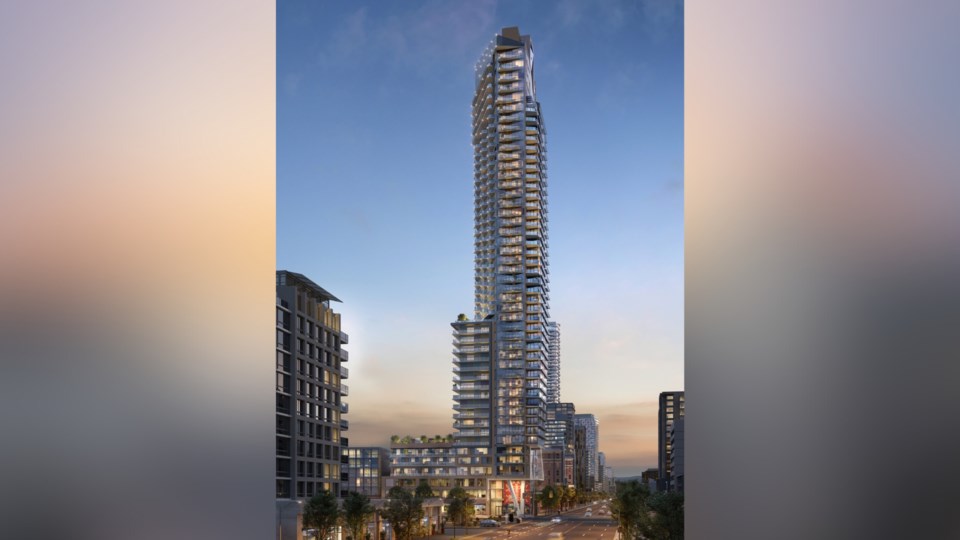Calgary is Canada’s top market to watch when it comes to real estate in 2025, according to PricewaterhouseCoopers, with strong domestic and international interest.
“Canada has discovered Western Canada, and international markets have discovered Western Canada,” sources told the team preparing the 2025 Emerging Trends in Real Estate report, produced in partnership with the Urban Land Institute.
With a diversifying economy and a growing technology sector, including more than 300 clean-tech start-ups, Calgary is experiencing strong population growth that’s in turn driving demand for housing and services.
Office vacancies remain high, with downtown reporting a rate slightly below 30% according to CBRE Ltd., but Calgary is offering incentives to encourage the conversion of space to help address an oversupply of older B and C class space.
The recent sale 635 8th Avenue SW also signals renewed confidence among investors in office space in its own right.
Despite having some of the fastest-growing residential construction costs in Canada through the second quarter of this year, PwC noted that both rent and sale prices have kept pace with the increases. This is preserving margins and helping ensure ongoing investor interest.
These factors are also what sets Calgary apart from Vancouver, which placed second in the annual ranking of appeal to investors.
“Condo development in Vancouver is subdued due to financing challenges and high construction costs,” the report stated. “Several interviewees said land prices still haven’t come down enough to create a clear path to development since interest rates and construction costs remain high.”
The recent extension granted to Grosvenor on the Oakridge transit centre site illustrates the challenges. The ambitious makeover of the former bus depot has been delayed, with the city recently giving Grosvenor until 2033 to meet its commitments to the city for elements such as social housing and community amenities.
Cost is a big issue, a point made by those PwC interviewed for the trends report. The considerations even dog the rising number of sites being sold through court-ordered processes.
“We looked at over 50 land purchase deals over the last 12 months, and none made financial sense,” one source told PwC.
While some developers have launched new multi-family projects for sale as well as purpose-built rentals, market reception doesn’t mean it’s been easy to pull the trigger. Some have been in the planning stages for a while, such as Fraser Mills in Coquitlam. Presales have accelerated in recent months as lower interest rates drew in buyers, and Beedie Living broke ground on the first two towers in October.
In Vancouver, Prima Properties is set to launch Monogram, a 49-storey tower at Burrard and Davie, on a site whose low land costs make economic sense today. The site was purchased in 2005 for $13.4 million, which works out to $46 per buildable square foot as rezoned in 2021 (not including holding costs).
Others, such as a 141-unit multi-family rental development PC Urban and Fiera are building in Vancouver, broke ground in October having secured Canada Mortgage and Housing Corp. funding.
“It’s never been more difficult,” said Brent Sawchyn, founder and CEO of PC Urban. “We’re seeing a moderation in construction price but we’re still dealing with a 35% or 40% increase over the past few years.”
Throw in taxes, development cost charges (including Metro Vancouver’s plans to quadruple rates over the next three years) and other demands, and developments quickly become unviable.
Sawchyn notes a “recession of capital” has limited the financial resources of developers, which is where CMHC financing becomes key.
“It’s a huge, huge challenge to get a rental building under construction without CMHC financing,” he said.
However, CMHC has also changed its financing requirements over the last nine months, increasing affordable housing and energy efficiency requirements.
To address the challenges, PwC says Vancouver is seeing a trend of developers looking to partner with retail chains to occupy space in multiple properties to animate at-grade space.
Others are exploring joint ventures with long-term landowners to facilitate land acquisition and future development.



